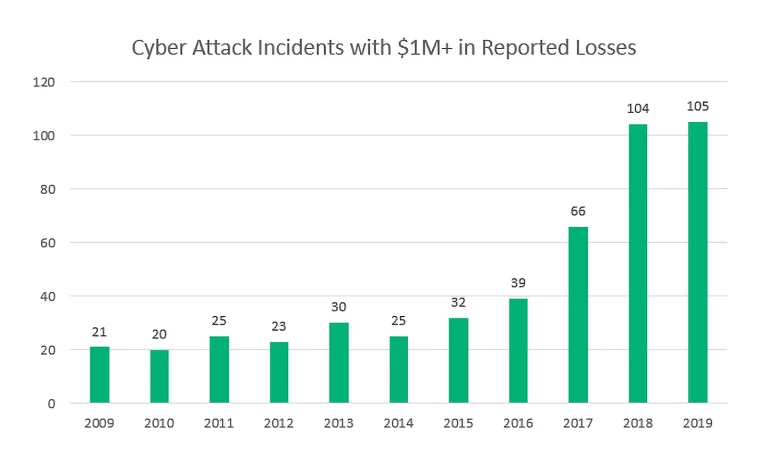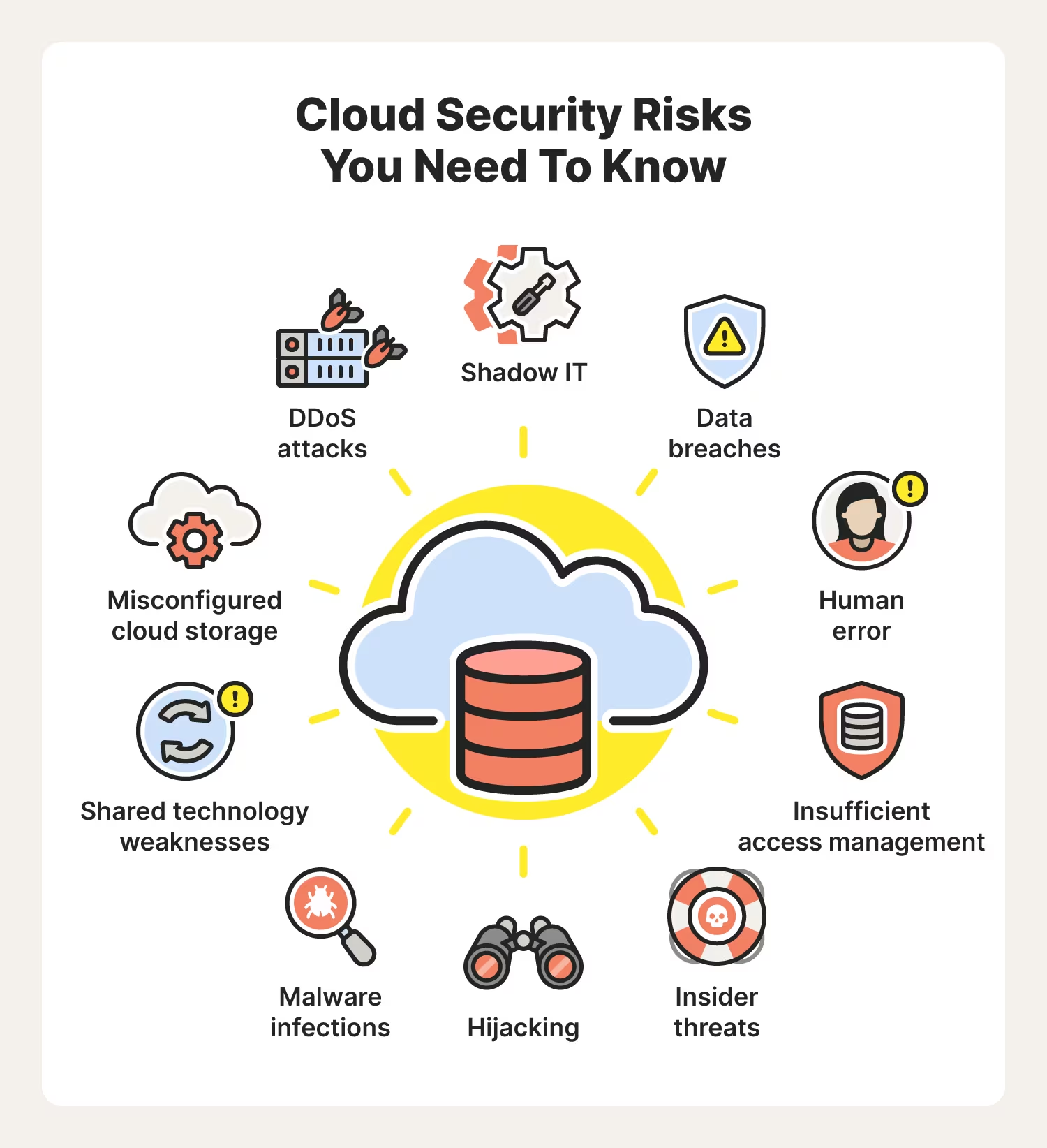If there’s one thing we can be sure of, it’s change, and in IT it’s no different. Regulations around cloud services are changing in the United States and abroad all the time.
Still, it’s important to stay up to date on the latest changes to ensure that your organization remains compliant and is following the latest regulations. This will ensure the overall security of company data stored on the cloud, as well as prevent your enterprise from facing any legal issues.
Regulatory fines, lawsuits, cybersecurity incidents, and reputational damage can spell disaster for the long-term success of any organization.
The Most Common Cloud Regulations
Pretty much every company now operates under some form of governmental regulation, regardless of the industry that it’s situated in. The main cloud compliance regulations for the U.S. market are as follows:
HIPAA: Healthcare organizations are required to comply with the Healthcare Insurance Portability and Accountability Act (HIPAA). The main objective of HIPAA is to ensure the security and privacy of Protected Health Information (PHI), which includes:
- Patient medical records
- Personal information
- Credit information
- Insurance
- Employment information
- Any other related information that helps to identify an individual
Of course, HIPAA will only apply to your organization if it operates within the healthcare industry.
PCI-DSS: Companies that handle cardholder information are required to comply with the Payment Card Industry Data Security Standard (PCI-DSS). This cardholder information includes the following types of cards:
- Debit
- Credit
- Prepaid
- ATM
- Point of Sale (POS)
PCI recommends that only authorized users have access to manage cardholder data. PCI has 12 major rules that aim to protect cardholder data, including:
- Installation of firewalls
- Resetting default password and security parameters
- Authentication
- Authorization
- Encryption
SOX: Sarbanes-Oxley Act (SOX) establishes standards for all US publicly traded companies to protect shareholders and the general public from accounting errors and fraudulent practices. SOX enforces control on:
- User management
- Auditing
- Reporting
- Security and privacy analysis
- Authorization
- Authentication
- System development
- Program and infrastructure management
- Monitoring
- Backup
- Disaster recovery
GDPR: General Data Protection Regulation (GDPR) compliance is something that every IT team in a business needs to take seriously. While GDPR is an EU law, it applies to any company that makes its website or services available to EU citizens. This includes US companies.
Even though GDPR became law in 2018, the landscape of GDPR compliance is still changing. You need to keep abreast of these changes to ensure that your enterprise is meeting the EU’s standards of protecting data in the cloud.
Ensuring Cloud Compliance
There are many ways to make sure that your enterprise stays compliant with cloud regulations:
Data Localization
To stay compliant with existing cloud regulations, your organization needs to have a clear understanding of data localization and data sovereignty. Data localization laws will require that your company processes personal data within a particular geographical area rather than with a cloud provider. Different laws in different countries may mean that you need to adjust your cloud implementation.
System and Data Access Controls
Compliance involves data security, so define who at your company, who at the cloud service provider, and which third-party contractors have access to what. A robust Identity and Access Management (IAM) solution will give you precise control of who and what interacts with your data. In addition, adopting the principle of least privilege will guarantee that users of a cloud system only get access to the data they need to do their job.
Data Encryption
Staying compliant means encrypting data at rest and in motion. If you fail to encrypt private information, you run the risk of fines and legal action.
Service Level Agreement
The laws and regulations that apply to your enterprise might have service level agreement (SLA) requirements. These requirements may limit the types of services your company can use.
Data Protection
You should know the degree to which a cloud service provider will protect your information. Ensure that their level of protection matches the latest cloud compliance regulations.
Compliance Certifications
Not all cloud providers are capable of gaining compliance certifications. This is why you need to check the certifications of a cloud service provider before working with them.
Incident Response
Understand the scope of potential security incidents and what sorts of incident response plans are in place should those incidents arise.
Cloud Monitoring
A cloud monitoring platform or tool can provide the transparency and level of monitoring needed to maintain compliance within a multi-cloud implementation.
Automated Compliance
Automated compliance monitoring and testing will allow your organization to reduce compliance fatigue by automating the processes needed to maintain data security. Moreover, automating these processes can help to reduce the chances of human error.
Increased Awareness
Our last piece of advice for companies is for all IT decision-makers to gain an awareness of the organization’s responsibility for data security and compliance. While responsibility for application, platform, and infrastructure security differs between cloud service models (i.e. IaaS, PaaS, SaaS), data security is always an organization’s responsibility, even when you’re using computing resources that belong to a cloud provider.
Cyberlocke is a comprehensive, full-service IT services provider that architects and implements efficient and secure solutions for enterprise customers and their data centers. We specialize in security, cloud, managed services, and infrastructure consulting. Contact Us today to learn more.


